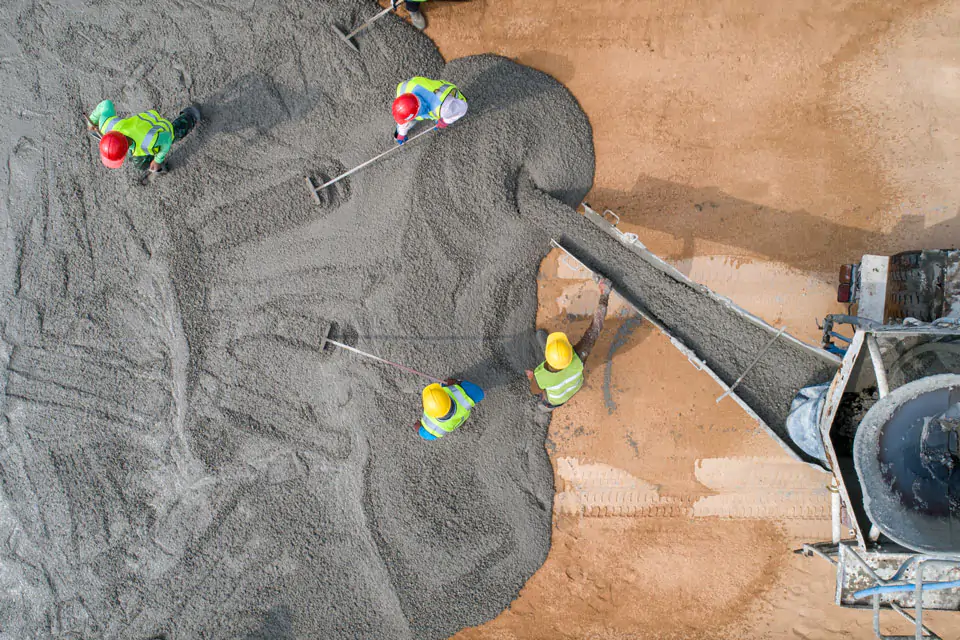
Cement, one of the most important building materials, is a binding agent that sets and hardens to adhere to building units such as stones, bricks, tiles, etc. Cement generally refers to a very fine powdery substance chiefly made up of limestone (calcium), sand or clay (silicon), bauxite (aluminum) and iron ore, and may include shells, chalk, marl, shale, clay, blast furnace slag, slate.
The raw ingredients are processed in cement manufacturing plants and heated to form a rock-hard substance, which is then ground into a fine powder to be sold. Cement mixed with water causes a chemical reaction and forms a paste that sets and hardens to bind individual structures of building materials.
Cement is an integral part of the urban infrastructure. It is used to make concrete as well as mortar, and to secure the infrastructure by binding the building blocks. Concrete is made of cement, water, sand, and gravel mixed in definite proportions, whereas mortar consists of cement, water, and lime aggregate.
These are both used to bind rocks, stones, bricks, and other building units, fill or seal any gaps, and to make decorative patterns. Cement mixed with water silicates and aluminates, making a water repellant hardened mass that is used for water-proofing.
| NAME OF PRODUCT | TYPE | STANDART | AREA OF USE |
|---|---|---|---|
| Portland Cement |
CEM I 42,5 R CEM I 42,5 N |
TS EN 197-1 | General use |
| Portland Composite Cement | CEM II/A-M (P-L) 42,5 R | TS EN 197-1 | Generally used in areas where blended cement is used and higher strength is required, in construction of pipe culverts, special project concrete and in production of building chemicals |
| Blast Furnace Cement | CEM III/A (S) 42,5 N | TS EN 197-1 |
In coast and harbour constructions, offshore structures, waste water plants, foundation piles, canalettes, dams, concrete or reinforced concrete underground water pipes, industrial grounds under sulphate effect, treatment plants, tunnel linings, in constructions for general purpose and in mass concrete requiring low heat of hydration. |
| Sulphate Resisting Blast Furnace Cement | CEM III/B (S) 32,5 N-SR | TS EN 197-1 |
In coast and harbour constructions, offshore structures, waste water plants, foundation piles, canalettes, dams, concrete or reinforced concrete underground water pipes, industrial grounds under sulphate effect, treatment plants, tunnel linings, in constructions for general purpose and in mass concrete requiring low heat of hydration. |
| Ground Granulated Blast Furnace Slag | Ground Granulated Blast Furnace Slag | TS EN 15167 | It is used as secondary binding agent in concrete production. |
| Pozzolanic Cement | CEM IV/B (P) 32,5 R | TS EN 197-1 |
It is generally used in dams, plaster and masonry mortar, flumes, treatment plants, mass concrete casting, paving concrete and production of building chemicals. |
| Sulphate Resisting Portland Cement | CEM I 42,5 R-SR5 | TS EN 197-1 |
It is used in constructions on areas which are under effect of sulphate zones and seawater as well as in construction of foundations for underwater structures, bridges, dams and harbors and retaining walls. |